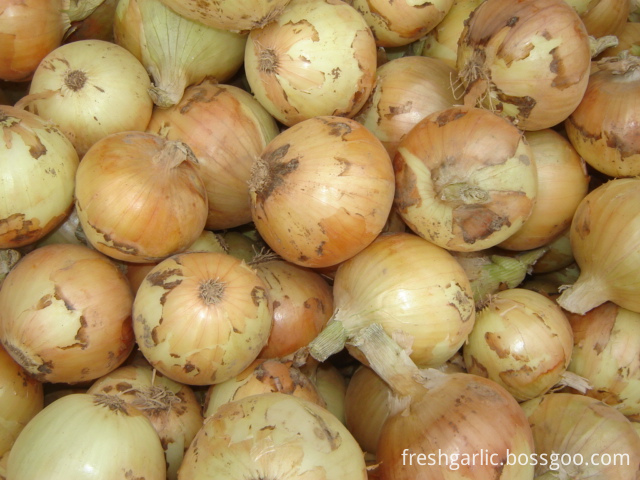Accurately identify new species and breeds can be tested using methods such as reading, smelling, and telling.
The cruciferous vegetable seeds are pressed with the nails or placed on the tabletop. The back of the palm of the crucible is pressed by hand for a few times. The seed granules are difficult to dislodge, and the seeds are sticky and the seeds are greenish yellow or light. Most of the yellow is a new species; Chen seeds are dull and dull on the surface, sometimes with "salt cream" on the epidermis, peeling off and smelling, a slight oiliness, low oil content, heavy fingernail pressure, easy cotyledons Broken, easy to separate granules.
New varieties of solanaceous vegetables such as eggplants, peppers, and tomatoes are generally milky-yellow and glossy; Chens are yellow or yellow.
A new kind of pepper is more spicy, and Chen has a mild taste and even a musty smell.
The new seed oil of bean seeds such as green beans, kidney beans, peas, etc. is glossy, full, rich in oil, has aroma, bites taste astringent, and the cotyledons are distinctly green; Chen seeds bite without astringency and can not smell aromas. Cotyledons have deep yellow markings.
New species of legumes have no wormholes.
Onion, leeks and other Liliaceae vegetable seeds, carefully observed with saliva moistened, a small white core on the grain surface as a new species, non-white core Chen species.
Seeds of Cucurbitaceae such as cucumbers and bitter gourds. The new skin is shiny, creamy, rich in oil, astringent in mouth, and scented. Chen's skin is dull, macular, and yellow spots sometimes appear. taste.
Within a certain period of time, the dishes are properly kept and can be planted. However, the seeds of carrots and leeks are not easy to emerge, and even if they grow, they are difficult to survive. Onions must also use new seeds. Scallions that grow out of the seeds of Chen are easily seeded, have low yield, and are of poor quality. When farmers use Chen seeds, they should do a germination test first, and then determine the seeding rate according to the germination rate so as to ensure the ideal number of seedlings.
From the month of May, the new crop of onion from Jinxiang has harvested. After dried enough, the yellow onion can be packed and shipped from the month of June. The new crop Fresh Onion has very beautiful appearance and great quality. Jinxiang is a famous county which has large area planting garlic and onion.
1. Commodity name: Fresh Onion
2. Feature: Natural color, Thick and full skin, No stain and soil on outer skin, Firm and no rotten.3. Size: 3.0-5.0cm, 5.0-7.0cm, 7.0-10cm
4. Variety: Yellow Onion and Red Onion
5.Packing:
1) 10kg/carton, 20kg/carton, 10kgs/mesh bag,20kg/mesh bag and 25kgs/mesh bag
2) or according to the clients' requirements.
6. Supply Period:
A) Fresh season: May to the middle of August
B) Cold storage season: August to December.
7.Conveyance:26-30MT/40'HR (loading quantity depending on packing)
8.Transporting and storing temperature: 0°C -+1°C

Yellow Onion,Fresh Yellow Onion,Organic Yellow Onion,Yellow Round Onions
JINING FORICH FRUITS & VEGETABLES CO., LTD. , https://www.forichgarlic.com